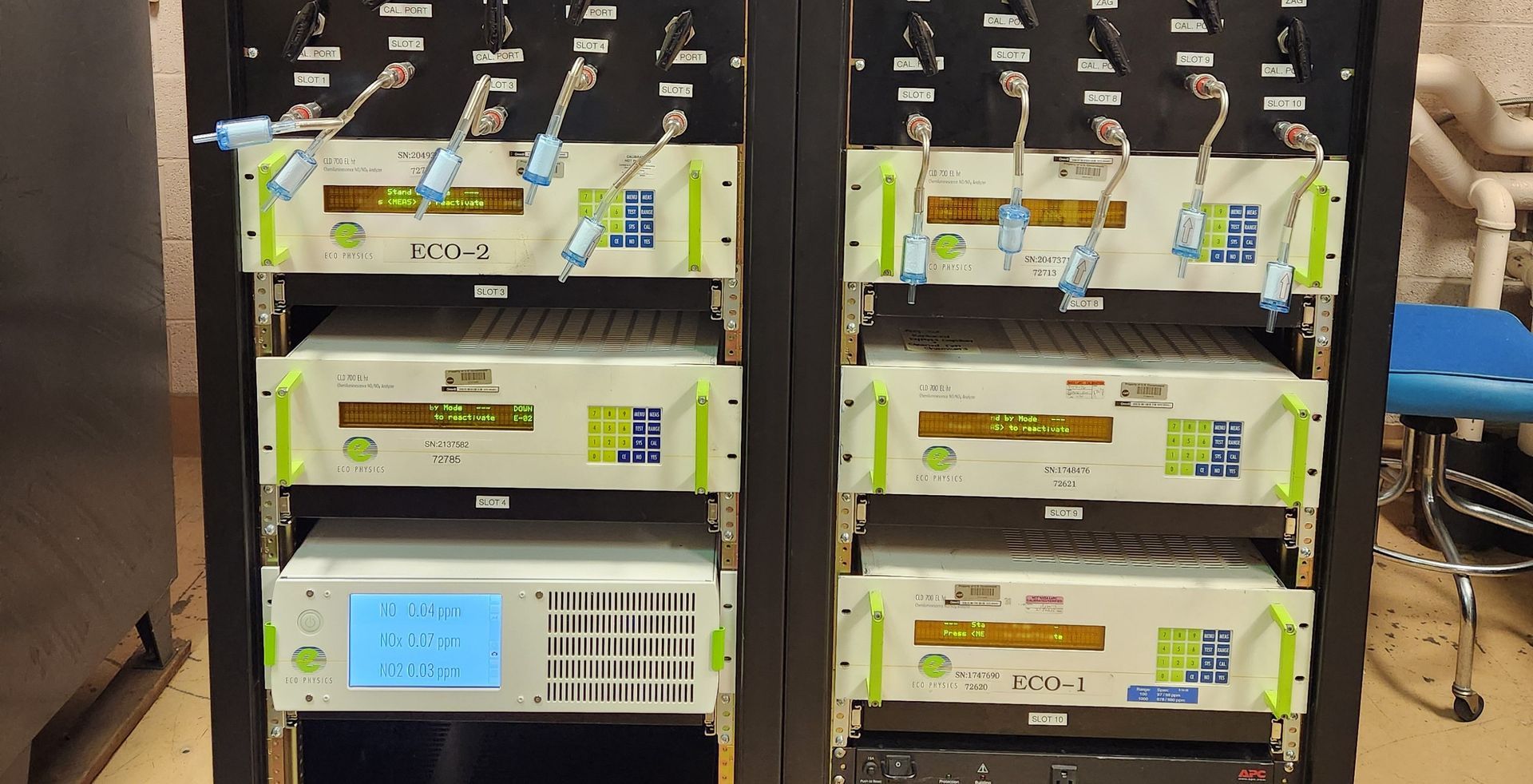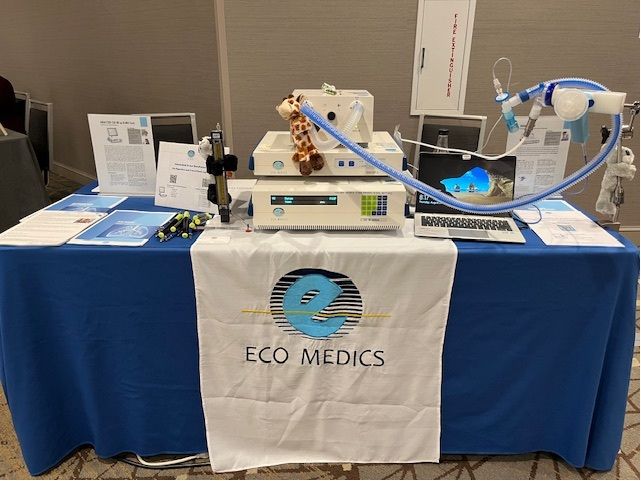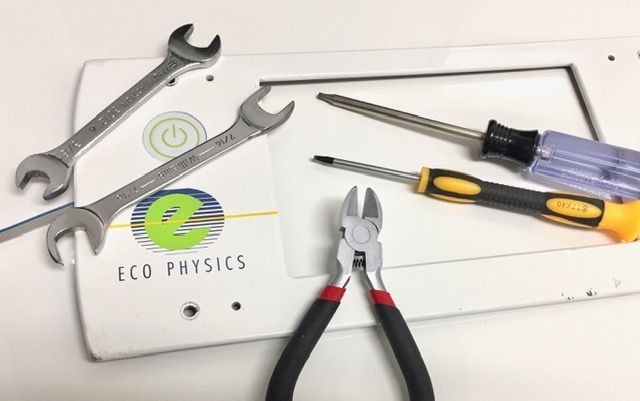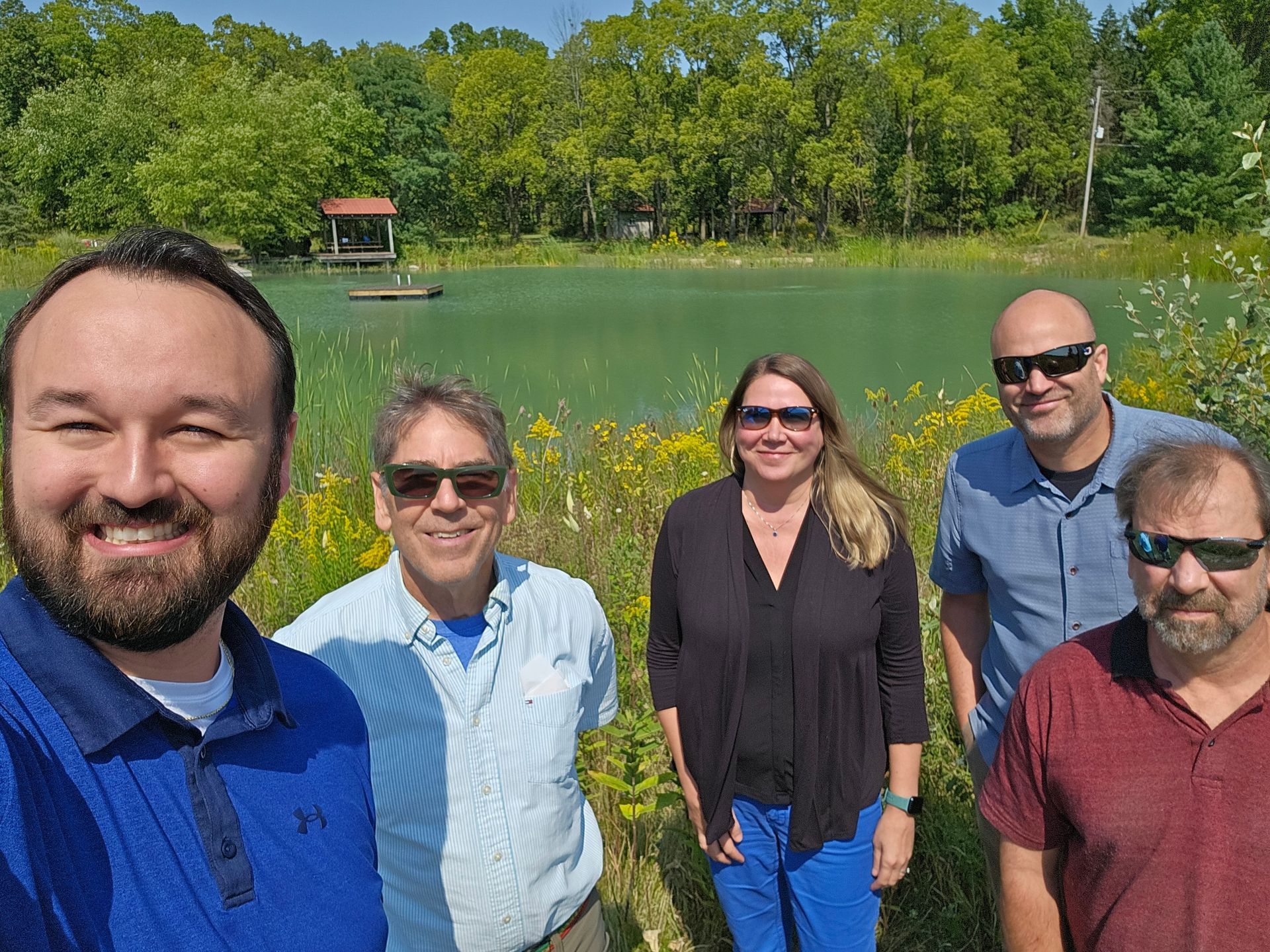Have You Tested Your NO2 Converter Lately?
Take 30 minutes to ensure that you are accurately measuring total NOx (NO + NO2)
Chemiluminescence NOx Analyzers rely on NO2 converters to provide a reading of total NOx, or NO + NO2. These converters last an average of 10,000 hours or about one year of continuous operation. As the converter loses its ability to convert NO2, the instrument will measure a lower percentage of the NO2 in your sample stream and provide a less accurate NOx value. The converter efficiency can be tested with a cylinder of NO2, however NO2 standards are known to have a short shelf life. The alternative method approved by the EPA is the Bag Test Method in section 16.2 of method 7E. This method, used by ECO PHYSICS, only requires a Tedlar bag, the same stable NO standard used for instrument calibration, and a source of ambient air (or other gas containing at least 19.5% oxygen).
The test involves filling half the Tedlar bag with NO, half with the compressed air and then immediately placing the bag on the analyzer sample inlet for a test lasting 30 minutes. You record the initial NOx value and then measure the NOx after 30 minutes. During this time NO is reacting with Oxygen (O2) in the bag to form NO2—however the total NOx concentration in the bag stays the same. If the final NOx measurement has decreased by more than 2% the converter has failed to meet specification. Converter efficiency testing is the best way to ensure your analyzer is providing an accurate NOx value in your measurements. Why take the chance when 30 minutes can ensure confidence? Contact us at 734-998-1600 or [email protected]to purchase a converter efficiency test kit today.











